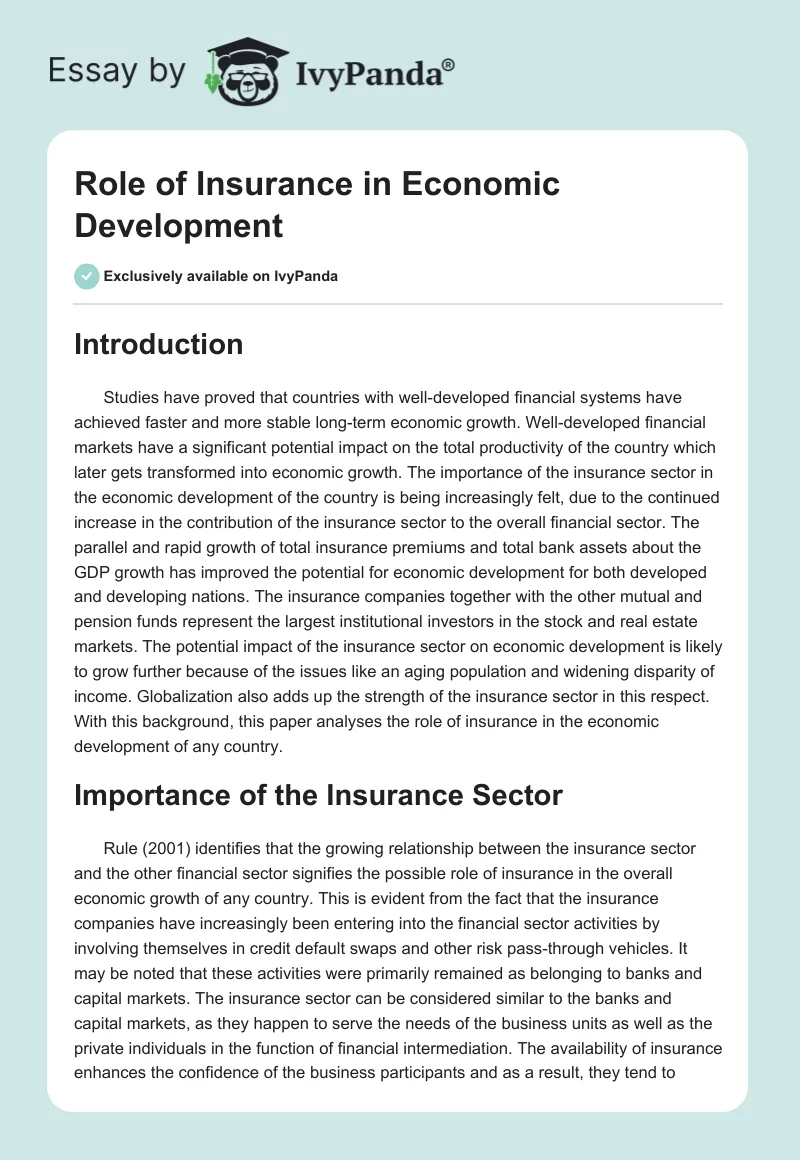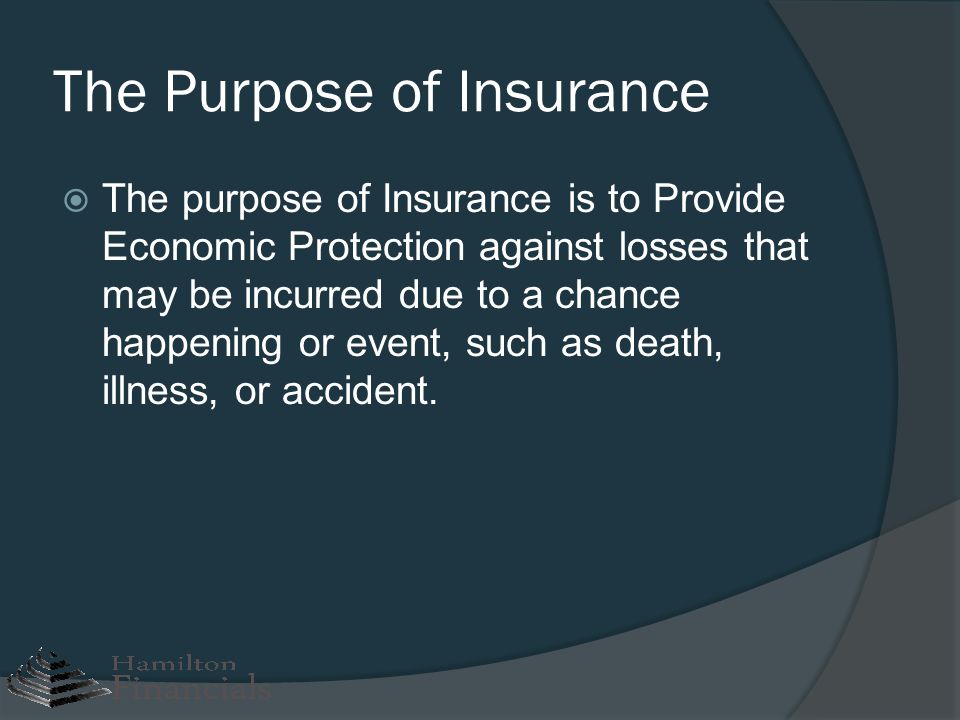The Best Guide To Pacific Prime
Table of ContentsThe Single Strategy To Use For Pacific PrimeThe Definitive Guide to Pacific PrimeThe 6-Minute Rule for Pacific PrimeThe Only Guide to Pacific PrimeA Biased View of Pacific Prime

This is since the information were collected for a period of strong financial efficiency. Of the approximated 42 million people that were without insurance, almost regarding 420,000 (concerning 1 percent) were under 65 years old, the age at which most Americans become qualified for Medicare; 32 million were adults in between ages 18 and 65, around 19 percent of all adults in this age; and 10 million were children under 18 years of age, regarding 13.9 percent of all youngsters (Mills, 2000).
These price quotes of the number of individuals without insurance are created from the annual March Supplement to the Existing Population Study (CPS), performed by the Demographics Bureau. Unless otherwise noted, nationwide price quotes of individuals without medical insurance and percentages of the population with different type of coverage are based on the CPS, the most widely used resource of price quotes of insurance policy protection and uninsurance prices.
A Biased View of Pacific Prime

Still, the CPS is specifically valuable because it produces yearly quotes relatively quickly, reporting the previous year's insurance coverage approximates each September, and since it is the basis for a consistent set of estimates for greater than twenty years, enabling evaluation of fads in insurance coverage gradually. For these reasons, along with the substantial use the CPS in other researches of insurance protection that are offered in this report, we rely upon CPS quotes, with constraints noted.

The price quote of the number of without insurance people expands when a populace's insurance condition is tracked for several years. Over a three-year duration beginning early in 1993, 72 million individuals, 29 percent of the united state population, lacked protection for at the very least one month. Within a solitary year (1994 ), 53 million individuals experienced at the very least a month without protection (Bennefield, 1998a)
6 out of every ten without insurance adults are themselves employed. Functioning does enhance the probability that one and one's family participants will have insurance, it is not a warranty. Even participants of family members with 2 full time breadwinner have practically a one-in-ten possibility of being without insurance (9.1 percent without insurance rate) (Hoffman and Pohl, 2000).
Pacific Prime Can Be Fun For Anyone
New immigrants represent a substantial proportion of individuals without medical insurance. One evaluation has associated a considerable section of the current development in the size of the U.S. uninsured population to immigrants who showed up in the nation in between 1994 and 1998 (Camarota and Edwards, 2000). Current immigrants (those that involved the USA within the previous 4 years) do have a high price of being without insurance (46 percent), yet they and their children account for just 6 percent of those without insurance coverage country wide (Holahan et al., 2001).
The connection between medical insurance and access to care is well established, as recorded later on in this phase. Although the partnership between medical insurance and health and wellness end results is neither straight nor basic, a considerable clinical and health services study literary works links medical insurance coverage to improved accessibility to care, much better high quality, and enhanced personal and population wellness condition.
Levels of analysis for checking out the impacts of uninsurance. This discussion of medical insurance protection focuses primarily on the united state population under age 65 since practically all Americans 65 and older have Medicare or other public protection. It concentrates specifically on those without any kind of health insurance coverage for any type of size of time.
Not known Facts About Pacific Prime
The problems dealt with by the underinsured are in some respects comparable to those faced by the uninsured, although useful link they are normally less extreme. Health insurance, nonetheless, is neither required neither adequate to obtain access to clinical services. The independent and straight impact of wellness insurance protection on accessibility to health and wellness services is well established.
Others will acquire the health and wellness treatment they need also without medical insurance, by spending for it out of pocket or seeking it from service providers that offer care free or at very subsidized prices. For still others, medical insurance alone does not ensure receipt of treatment since of various other nonfinancial obstacles, such as a lack of health and wellness care service providers in their neighborhood, minimal accessibility to transportation, illiteracy, or linguistic and cultural differences.
The 6-Minute Rule for Pacific Prime
Official research study concerning uninsured populations in the United States dates to the late 1920s and early 1930s when the Committee on the Cost of Healthcare generated a collection of records concerning financing medical professional workplace visits and hospitalizations. This issue came to be significant as the varieties of medically indigent climbed up throughout the Great Clinical depression.